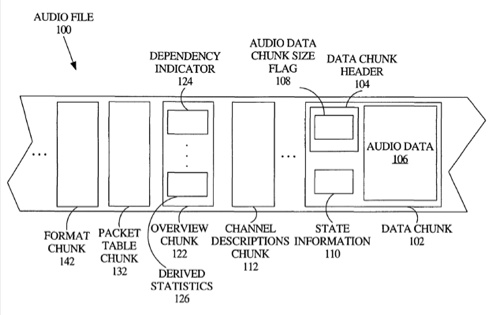Worldwide IT spending is forecast to total $3.49 trillion in 2016, a decline of 0.5% over 2015 spending of $3.5 trillion, according to Gartner, Inc (www.gartner.com). This is down from last quarter’s forecast of 0.5%. The change in the forecast is mainly due to currency fluctuations, says the research group.
“There is an undercurrent of economic uncertainty that is driving organizations to tighten their belts, and IT spending is one of the casualties,” said John-David Lovelock, research vice president at Gartner. “Concurrently, the need to invest in IT to support digital business is more urgent than ever. Business leaders know that they need to become digital businesses or face irrelevance in a digital world. To make that happen, leaders are engaging in tough cost optimization efforts in some areas to fund digital business in others.”
As an example, the savings from legacy system optimization and enhancements are being redirected to fund digital initiatives. It’s about doing more with the same funds, he adds. Typically, less than 10% of organizations are in cost optimization or cost cutting mode.
“However, the need to spend on digital business initiatives in a time when revenue growth does not support runaway IT budgets is forcing more organizations to optimize as a first step,” says Lovelock. “Business processes, as well as IT, are undergoing optimization — digital business requires both. However, many CIOs are reluctant to raise this possibility, given the cultural and political barriers to optimizing business costs.”
The most evident results of these optimization efforts are in the switches in spending between assets and services.
“Most traditional IT now has a ‘digital service twin’ — license software has cloud software, servers have Infrastructure as a Service, and cellular voice has VoLTE,” Lovelock said. “Things that once had to be purchased as an asset can now be delivered as a service. Most digital service twin offerings change the spending pattern from a large upfront payment to a smaller reoccurring monthly amount. This means that the same level of activity has a very different annual spend.”



